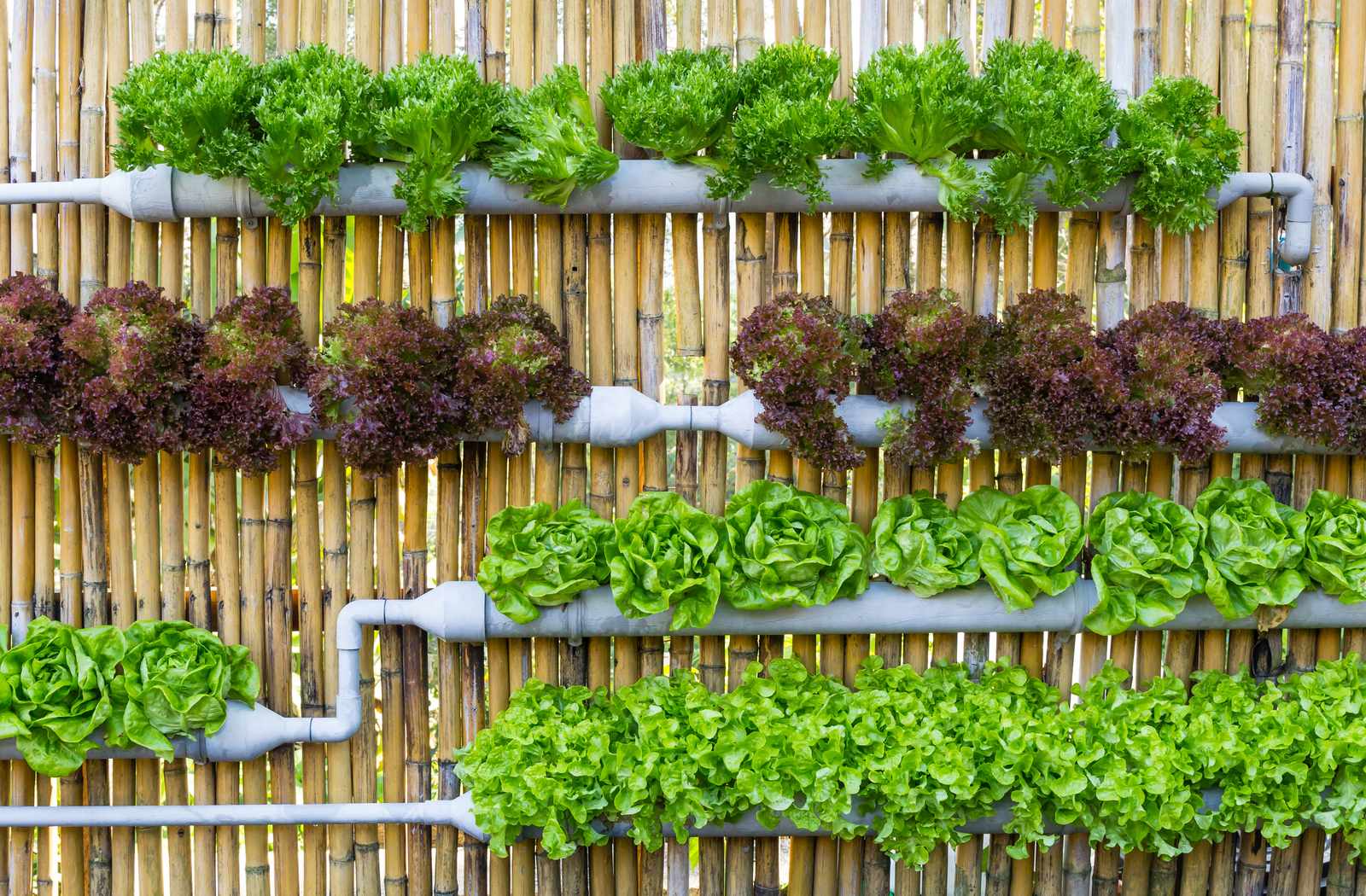Home aquaponics is gaining momentum in several parts of the world and for good reason. As the world population has grown, the demand for food has grown with it resulting in massive farms of all kinds producing foodstuff. Over the years, better ways of farming and enhancing methods have contributed to this hyperproduction.
Correspondingly over the years, not all these “enhancing” methods are accepted by people. This is not surprising since more available information has come to light. This information concerns not only what is in those “enhancements”, but the net result of years of exposure to them for the farmers, and the consumption of these foodstuffs.
This rising consciousness has given motive to individuals that are very concerned with the detrimental result of these methods. Whether they are animal husbandry or foodstuff farming, people are reacting by looking to change their dietary habits and grow their own food.
Granted, although there are attempts to do so on a large scale by some, their numbers are far from those necessary to effect real change as yet. This is where the rise of home aquaponics has come to pass.
Home aquaponics describes a small system of hydroponics and aquaculture that produces enough food to either contribute to a family’s needs or sustain a family altogether. This is a growing trend in quite a few countries. With the home aquaponics systems, people are discovering that growing food is not as hard work as it was traditionally.
What does a basic home aquaponics system consist of?
In its most basic form, a largish and deep fish tank, some shallow and wide grow-beds, a water and air pumping system, plastic plumbing tubing, gravel and plants, water and fish. That’s all! Not that much is it? a little more complex than that and you need a basic backup system for the air and water pump systems and a deep cycle car battery to run it for many hours if the grid goes down.
Can a home aquaponics system be complex?
Certainly! Anything can be complex if you choose to make it so, but why get complex when a simple system can work so well?
Complexity in the case of home aquaponics usually refers to timing and water volume mechanisms. But, these have all been solved over the years with mechanical means by people that have experimented for several decades. They are really not necessary.
Can a home aquaponics system be sophisticated?
Absolutely! If you really want to spend that kind of time and money to monitor and do minute adjustments while keeping a digital record of everything, you certainly can. But when does all that becomes a long term study or even an obsession, instead of simply a means to feed your family with healthy greens?
Unless someone plans to make a long term study experiment of aquaponics, there is no real need to get complicated or sophisticated. In fact, most people understand that either can lead to disaster.
Perhaps the only people that need a complex and sophisticated system are those that run an aquaponics business. This means they are making a living selling the produce they grow and perhaps the livestock (fish). But home aquaponics is really not about that, it is about growing and providing healthy chemical-free food for yourself and the family. This makes it a great proposal on its own if that is what you are after.
More about home aquaponics
Imagine the satisfaction of being able to grow fish and produce for your family… that is what home aquaponics is about.
One of the greatest joys of aquaponics is growing food for your family. Eating healthy food is a goal for many people, but sadly, most do not have access to it, nor do they know how to go about it. The grocery store chain seems to be their only choice. Organically grown food can be expensive to purchase because of the challenges it faces compared to conventionally grown food. Chemicals pesticides and genetically modified foods are cheaper due to the scale of production. But this is not what health-conscious people are seeking. What they want, depending on where they live, might not be easily accessible, affordable, or available all year.
A well-designed home aquaponic system can and does grow food year-round with very little water, minimum labor, and energy consumption, at least, in comparison to traditional in-ground farming. It is safe from hail if indoors, or under the verandah of your home. It is a good, viable, and realistic choice. It offsets the family food budget, helps the environment, and grows your own fresh fish and vegetables. All these factors are controlled by you alone.
By growing your own vegetables, fruits and microgreens, and perhaps even culinary herbs, you are provided with the most nutrient-dense food possible in your home. Aquaponics is a natural ecosystem without any harmful chemical fertilizers and pesticides used in commercial agriculture. You know exactly what’s in the food you’re eating because you grew it yourself in your home or greenhouse!
The way the world is going makes it very important to have food independence and security. Home Aquaponics is one way of living a self-reliant lifestyle to some extent. Coupled with a solar-powered system and sensible energy-conserving building practices allows the possibility for everyone to grow their own food.
Easy, attractive and bountiful home aquaponic systems
Home aquaponics systems bought from a supplier tend to be modular systems. They are fantastic options for larger sunny rooms and outdoor or attached greenhouses. These systems can be configured with any number of modules that will fit your space. There are really no restrictions unless the mass is a problem meaning that both media and deep water culture grow beds can be part of the system. Some high-end models can have custom panelling and even a variety of durable powder coating colors available to best match the style you want or the space it will be housed in.
There is little doubt that home aquaponics systems offer an opportunity to grow food for your family. It is by far the best way to ensure you are eating the freshest and healthiest food possible without travelling to a grocer. By taking control of your food production you will create greater food security and self-reliance for your family and the potential to build a family business off it. Home aquaponics is the most efficient and productive way to grow nutritious food year-round as far away as your backyard.
Home Aquaponic Systems – Modular miracles
Store-bought aquaponic systems are modular, designed to best fit the growing needs of your family, your space, and most crucially, your budget. These modular systems are usually quite attractive, expandable due to their modular nature and ease of assembly.
The end product of a successful modular system is a highly productive unit that can be expanded to almost any size. Such modular systems are usually designed by an experienced in-home aquaponics team of growers and designers.
The sizes available in modular systems can vary according to the designers and manufacturers. They are usually designed in such a way that they can fit into most spaces.
Custom built home systems
It may well turn out that complete modular systems may not always suit your needs. Custom solutions can be created that best meet your goals, space, and budget. Keep in mind that such custom-built systems can be costly since they are specially designed, made, and fitted to your requirements. You will have to discuss this at length with a home aquaponics system design team to design a custom aquaponic system.
Failing to find something that will fit exactly to your specifications; you might want to look into designing and constructing one that fits your needs exactly.
Basic home systems
Basic home aquaponics systems usually consist of one media bed and a single fish tank that constantly circulates nutrients to the plants of your choice. The good thing about media beds is that they are very good for a diverse variety of crops many that cannot be grown in deep water culture systems.
These systems include all plumbing, metal frames, and sometimes, optional exterior panels to fit with their environment. These may be compact systems or larger two, three, or four or six media bed systems. Such systems have had all their water and media requirements pre-calculated and this makes them predictable in terms of cost and production to an extent. They can yield maximum food production in your own home, attached, or backyard greenhouse year-round!
Some home aquaponics suppliers also trade Micro-farm Aquaponic Systems which usually consist of an aquarium with a small media bed above it ready to go with all components included. Starting it off is as easy as setting up the aquarium, stocking it with fish of your choice, feeding the fish, then planting and harvesting microgreens right in your own lounge, sitting room, or even kitchen! Apart from a constant source of microgreens, it is also a great conversation starter and a way to educate people on the beauties of growing their own food.


